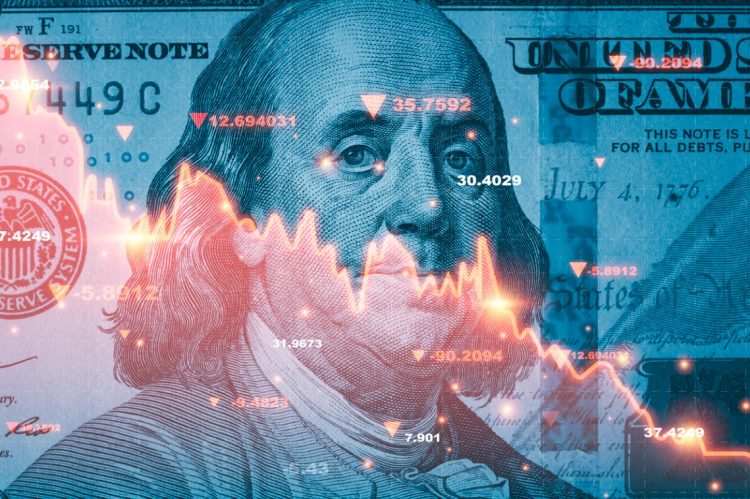The personal consumer expenditures (PCE) price index, the Federal Reserve’s preferred measure of inflation, increased 0.2% in December, according to estimates released Jan. 26 by the Bureau of Economic Analysis (BEA).
Excluding food and energy, the PCE price index increased 0.2%. Real DPI increased 0.1% in December, and real PCE increased 0.5%. Goods increased 1.1%, and services increased 0.3%.
The PCE index tracks prices, consumer spending and fluctuations in them month to month. December’s data showed that inflation, while still high, is continuing to make progress lower, potentially giving the Fed a green light to start cutting interest rates later this year, which would lower mortgage rates as well. The central bank targets 2% as a healthy annual inflation rate.
The report also showed that personal income increased $60 billion (0.3% at a monthly rate). Disposable personal income (DPI), personal income less personal current taxes, increased $51.8 billion (0.3%), and personal consumption expenditures increased $133.9 billion (0.7%).
The data also indicated that consumers are using their savings to pay for expenditures. The personal savings rate fell to 3.7% for the month, down from 4.1% in November.
“To the degree there is remaining excess inflation (and it’s not obvious there is), it is all coming from housing,” commented Jason Furman, a Harvard economics professor, on X (formerly known as Twitter). “That is not to minimize, housing should be counted in prices. And I wouldn’t count on it slowing that much more…swapping in new rents for all rents made a valuable point a year ago when it was obvious housing growth would slow. But it is too crude a way to think about future growth of housing costs that this may be the last time.”
Inflation has decelerated quickly in the past 18 months after hitting a 40-year peak even though the economy has continued a strong expansion. Strong growth typically leads to rising inflation, not waning inflation.












